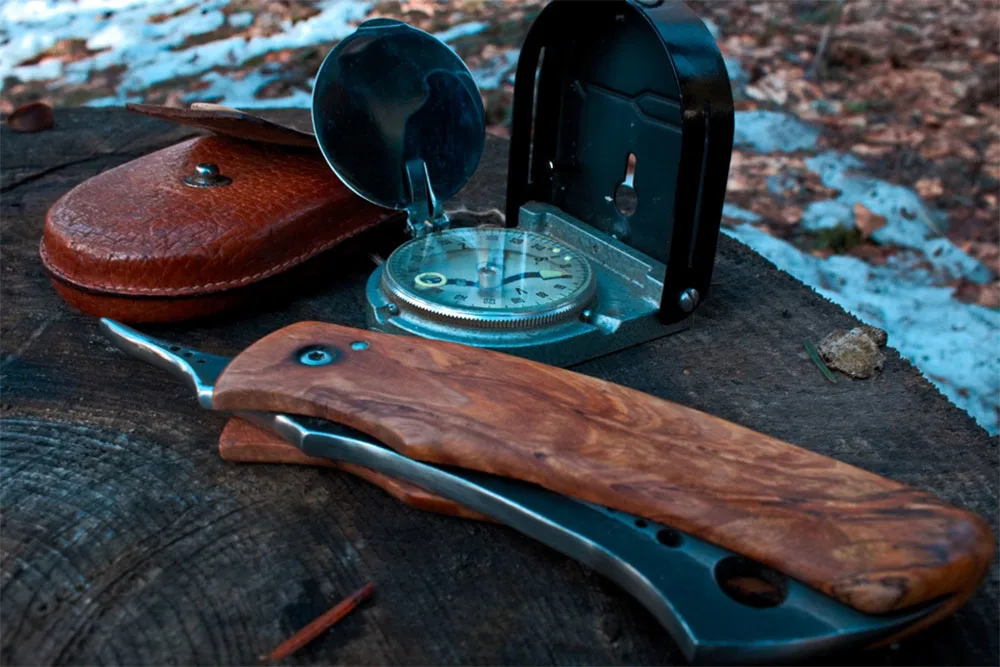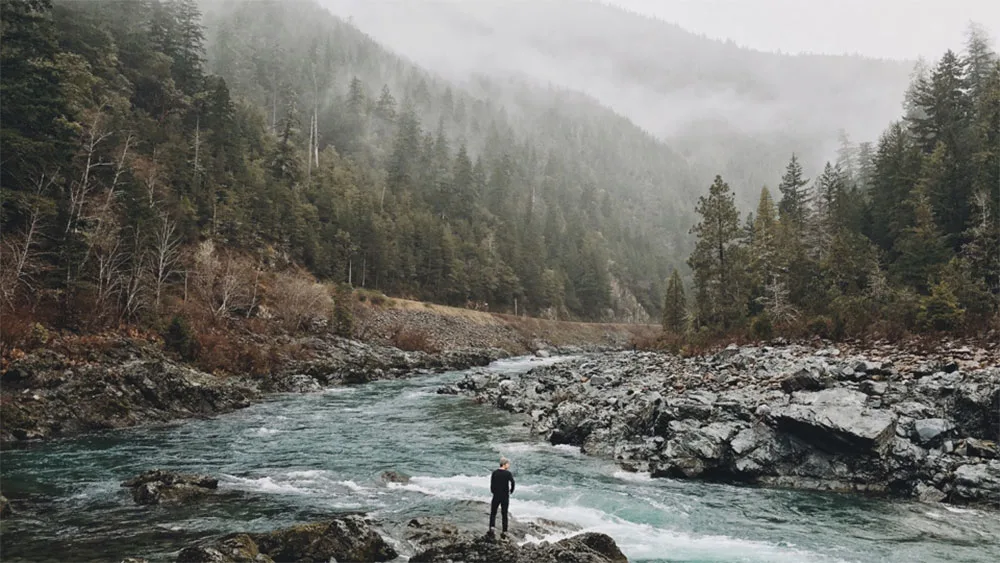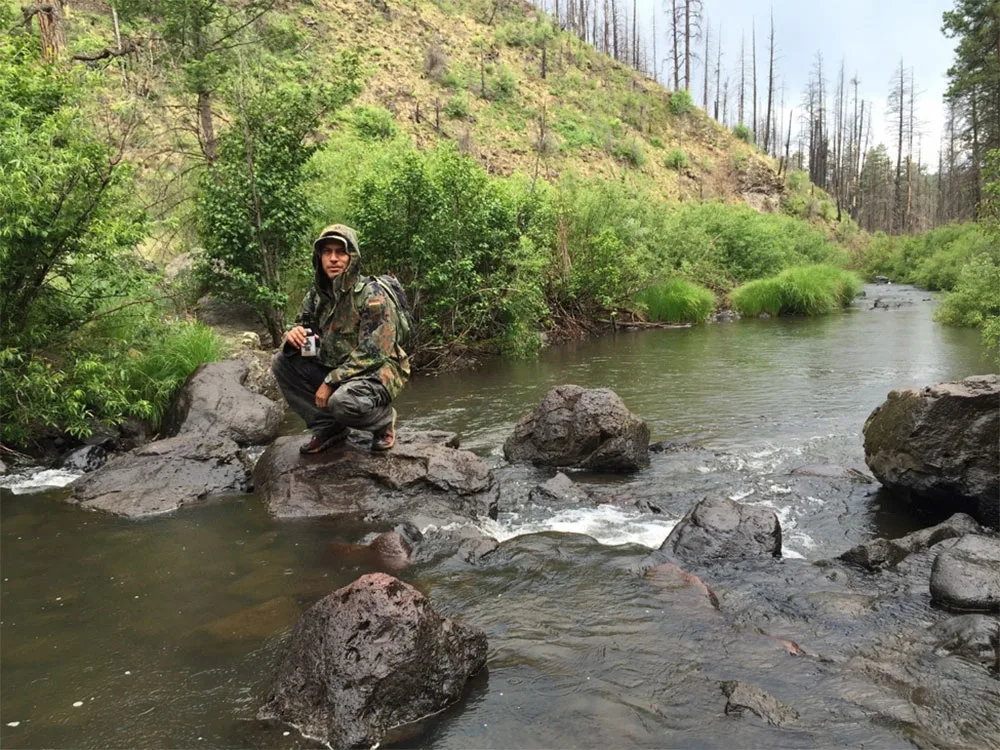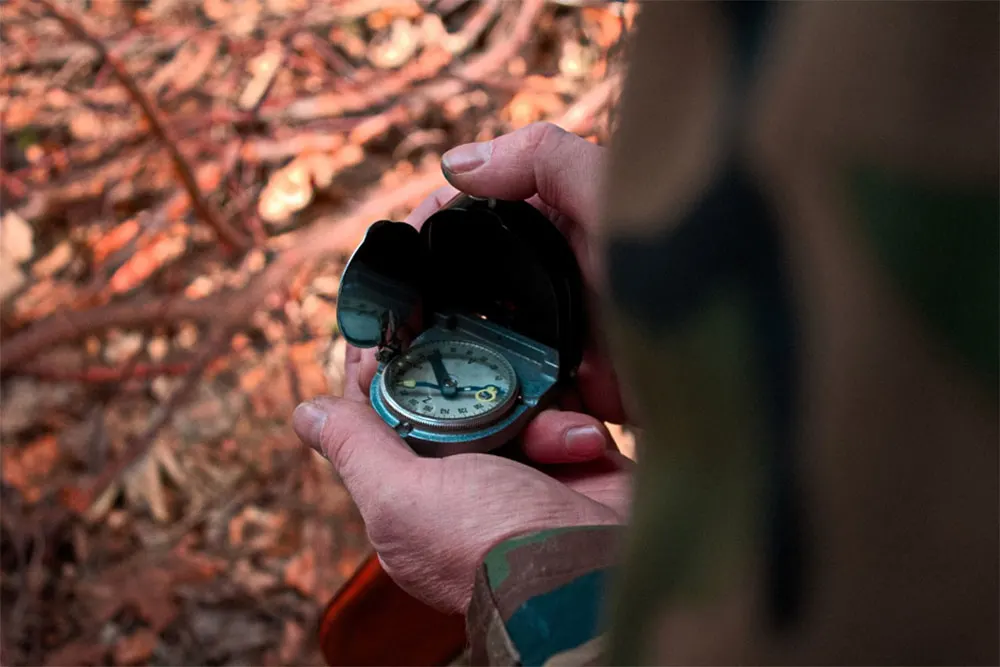Whether we are referring to forests, deserts, or other geographies, the outdoors can be very dangerous. If you decide to go on a remote camping trip or mountain hiking, it is best to start with the assumption that everything out there is out to kill, or at least hurt you.

Outside ventures turn very quickly into logistical nightmares because there are many things to consider – what type of boots should I wear? How big must my backpack be? What do I do in case the weather suddenly changes? So, without further ado, here’s how to choose the best possible emergency and survival gear.
A few things about the bug-out bag
A bug-out bag, as it is called in survival and military circles, is a portable kit that usually contains various items that a person would need to survive for 72 hours. The rationale behind this time frame is that should an emergency occur, it will take the authorities up to 72 hours to reach the people in need and offer help.
Historically speaking, it was started around the end of World War II, while the term itself was coined during the Korean War. Today, the term has expanded beyond its original meaning and it is used outside military contexts. It usually describes the items that survivalists and preppers consider essential in case of some emergency scenario, be it natural (wildfires, tornadoes, floods, hurricanes) or human-made (riots, wars).
When disaster strikes, the brain takes a while to process the information and incentivize you to act. You will either panic, freeze or overcomplicate your preparation process. That is why the best thing you can do is prepare ahead of time and when the time comes, you can just grab the bag and go almost automatically, without thinking.
Water-Related Supplies
The first thing you need to think about is packing water. Even though the body can theoretically survive up to three days without water, it is not a situation you want to be in. Dehydration is your worst enemy in emergency situations because it can lead you to make bad decisions that will affect your survival chances.

So, when it comes to survival gear, there are a few things you can pack. One of them is a water pouch, an item that can be found in every survival kit.
If more than 72 hours have passed and the authorities still haven’t reached you, chances are you have run out of water. This is where water purification tablets come to save the day, as they can clean and sanitize the water if you feel like the source is unreliable. Two tablets can purify up to 900 milliliters of water. As an extra precaution, make sure to boil it as well.
Emergency food
In emergency scenarios, typical homemade food is useless because it can spoil quickly, and is hard to carry around.
When it comes to survival food, experts are split between freeze-fried foods, MREs (meal ready to go), and emergency food bar rations. Let’s see the pros and cons of each type.
Freeze-dried foods come packaged in pouches and if left intact (unopened), they have a shelf life of 25 years. They come in many varieties, like pasta, oatmeal, and chili. As good as they taste, the flipside is that you need to carry a portable stove in order to prepare them. In normal conditions, the preparation takes up to 20 minutes.

Kecko from Switzerland (Rheintal SG, the border valley between Switzerland and Austria), CC BY 2.0, via Wikimedia Commons
MREs are convenient to use and like freeze-dried foods, come in many varieties. They require no water, mixing, or blending for preparation. Moreover, they can be eaten right out of the pouch.
On the other hand, the taste is poor, they have a short shelf life (about five years) and contain many artificial additives. Regarding costs, they are very expensive considering the amount of actual food they contain. They can get heavy if carried in large quantities.
Emergency food bars are cheap, contain a lot of calories, and can last for long periods of time. They are the perfect choice if the emergency scenario requires you to be constantly on the move. However, they have limited nutritional value, and, like the MREs, the taste can be rather bad.
Clothing and Boots
When it comes to adequate survival clothing, there are two factors to take into consideration: moisture and heat
During the cold seasons, you need clothes that are able to properly absorb moisture. By keeping the body warm, they will protect you from conditions such as colds, coughs, frostbite, and hypothermia.
If cotton clothing popped into your head as the perfect choice, you couldn’t be farther from the truth. While cotton is fantastic at absorbing moisture, it is not effective at eliminating it.
An ideal option is choosing clothing that has a combination of moisture absorption and wicking qualities. A good example is layered clothing. Obviously, you should take a few pairs of underwear with you.
For protection against the sun, choose clothing with fabrics that can shield you from ultraviolet rays and cover as much of your body as possible. Light shirts with long sleeves are recommended because they will both keep you cool and protect your arms from sun exposure. The same thing applies to pants.

When it comes to boots, there are many options to choose from, depending on the season and geographical characteristics of the area.
In case you will be spending more than 72 hours outdoors, it is best to choose boots that have the best insoles against fatigue. Along with enhancing the boots’ shock absorption qualities, insoles will protect your feet against moisture (by reducing sweat), blisters, and feelings of fatigue and soreness. A good pair of insoles might offer you the extra edge you need in an emergency situation.
Tools and Hygiene
Hygiene is often an overlooked aspect when talking about emergency scenarios. Neglecting hygiene for extended periods of time can lead to diseases and bacterial infections. Make sure to pack wet napkins, towels, toothbrushes and toothpaste, travel toilet paper, soap, and hand sanitizer.
Tools, on the other hand, are something that every survival enthusiast goes crazy over. But you have to set a line between “cool” gadgets and practical ones.
So, the three bigs you must absolutely pack right from the get-go are a survival knife, a compass, and a multitool.
For lighting, consider taking batteries, a LED Headlamp, candles, and a light glowstick. A fire starter kit is also indicated for cooking and other purposes.

For communications purposes, pack a disposable cell phone with good signal coverage and an emergency radio with a hand crank power charge. You might think the advent of cell phones made the other two items obsolete, but you never know when your mobile phone will fail and leave you in the dark.
Conclusion
Hopefully, none of you will ever be put in a situation when you are forced to survive and fend for yourselves. But it is best to be ready in case that happens by preparing a bug-out bag. Make sure to pack water-related items like poaches and purifying tablets, seasonally-adequate clothing and boots, food and tools. Good luck!
***
With an educational background in Engineering Design and a personal interest in all things construction and workforce related, Vince West is the mastermind behind WorkBootCritic.com. He’